When you encounter “TBD” in text, emails, chats, or business documents, you might wonder what it really means, how it’s perceived, and what tone it conveys. Despite its casual three-letter appearance, “TBD” plays a significant role in communication, especially when information is incomplete, timelines are pending, or decisions are not yet finalized.
In this comprehensive guide, we’ll explore what “TBD” stands for, its meaning in different contexts, more polished and professional alternatives, and how you can adapt your phrasing based on tone, audience, and setting. Whether you’re a student, a manager, or just someone trying to write clearly and respectfully, this article offers in-depth insight on how to use or substitute “TBD” meaningfully and appropriately.
What Does TBD Mean in Text?
TBD is an acronym for “To Be Determined.” It signifies that certain information is not finalized or hasn’t been decided yet.
✍️ Definition:
TBD (To Be Determined): A placeholder phrase indicating that specific details are yet to be decided, confirmed, or clarified.
You’ll frequently encounter it in:
- Emails (“The meeting time is TBD.”)
- Calendars or Schedules (“Event date: TBD”)
- Project Plans or Reports (“Budget: TBD pending client approval”)
- Casual texts or messages (“Let’s hang out soon—location TBD”)
Why People Use TBD
The phrase serves as a temporary stand-in when information is:
- Not yet known
- Dependent on external decisions
- Subject to change
- Intentionally withheld until later
It is efficient and universally recognized, particularly in corporate, academic, and technical environments.
However, using “TBD” too often or in the wrong tone can come off as vague, dismissive, or overly casual. That’s why understanding alternatives and nuance is essential.
The Tone of “TBD” – Is It Formal or Casual?
While “TBD” is widely accepted in business, it’s considered neutral to semi-casual in tone. In formal or professional writing, it might be better to replace it with a full phrase that conveys your message more respectfully or clearly.
Let’s analyze the tone:
| Context | Tone | Example |
|---|---|---|
| Corporate Email | Semi-Formal | “Delivery schedule is TBD.” |
| Formal Memo | Too Informal | “Board review date: TBD.” → needs polishing |
| Group Chat | Perfectly Casual | “Dinner spot is TBD lol 😅” |
| Academic Paper | Not Ideal | “Result implications TBD.” → Unclear |
Professional Alternatives to “TBD”
Here are high-level, clear, and professionally appropriate alternatives to replace “TBD” depending on the situation:
✅ 1. To Be Decided
More formal and commonly used in academic or structured writing.
“The seminar’s location is to be decided by the committee.”
✅ 2. Awaiting Confirmation
Implies the decision is in process and awaiting validation.
“Start date is awaiting confirmation from the client.”
✅ 3. Still Under Review
Shows thought and care are being put into the final decision.
“Project deadlines are still under review.”
✅ 4. Pending Final Approval
Indicates that higher authority or leadership needs to approve.
“Budget allocation is pending final approval from finance.”
✅ 5. Yet to Be Finalized
Ideal when discussing evolving timelines or plans.
“The team roles are yet to be finalized.”
✅ 6. In Discussion
Shows collaboration and that decisions are actively being made.
“The launch date is currently in discussion.”
✅ 7. Will Be Announced Soon
Communicates confidence and a clear timeline for decision release.
“The speaker list will be announced soon.”
✅ 8. Not Yet Confirmed
A clear, polite way to indicate uncertainty without sounding too casual.
“Agenda items are not yet confirmed.”
✅ 9. Decision Forthcoming
Sounds assertive and strategic, useful in leadership settings.
“Strategy outline is complete; timeline decision is forthcoming.”
✅ 10. Temporarily Unavailable
Useful when data or detail cannot be shared yet.
“The assigned seat number is temporarily unavailable.”
Casual or Friendly Replacements for “TBD” in Text Messages
Sometimes, using “TBD” might seem too robotic or formal for a friendly setting, like in a group chat or with friends. Here are softer or more natural options:
✅ 1. We’ll Figure It Out
“Let’s meet this weekend—we’ll figure out the time.”
✅ 2. Still Thinking on That
“Movie choice? Still thinking on that!”
✅ 3. Haven’t Decided Yet
“Where to eat? Haven’t decided yet!”
✅ 4. To Be Chosen
“Dessert place is to be chosen… open to ideas!”
✅ 5. Not Locked In Yet
“Time’s not locked in yet—flexible for now.”
How to Choose the Best Phrase Instead of “TBD”
Choosing the right alternative depends on context, tone, and audience. Let’s break it down.
🎯 Context Matters
- For business meetings or project plans, opt for: “Pending confirmation,” “Yet to be finalized,” or “Awaiting approval.”
- For client emails or stakeholder reports, prefer: “In discussion,” “Still under review,” or “To be confirmed.”
- For texting or social chat, go with: “We’ll figure it out,” or “Not sure yet.”
🎨 Tone Variation
Tone can drastically shift the meaning of your message.
- “TBD” is neutral but may sound noncommittal in sensitive settings.
- “Still under review” feels more methodical and responsible.
- “To be announced soon” adds confidence to pending updates.
- “We’re still thinking” is more engaging and human-sounding.
Examples of How to Replace “TBD” in Real Situations
Let’s look at how a phrase like “TBD” can be replaced for clarity and professionalism across different domains:
🧠 Corporate Email Example:
Before:
“Project timeline: TBD”
After:
“Project timeline is currently under internal review and will be shared once finalized.”
🎓 Academic Research Paper:
Before:
“Survey scope TBD”
After:
“The survey scope is currently being defined based on preliminary results.”
📞 Client Communication:
Before:
“Your appointment is TBD.”
After:
“Your appointment time will be confirmed once the physician’s availability is finalized.”
💬 Text Message:
Before:
“Plan for Friday night is TBD.”
After:
“Let’s keep Friday open—we’ll decide what to do closer to the day.”
✅ 15 Elegant & Polished Ways to Say “TBD”
Here are 15 well-crafted replies or phrases to use instead of “TBD” in emails, messaging, or verbal conversations—organized by tone:
Formal / Professional Replies
- “That information is still under discussion and will be shared shortly.”
- “The final details are pending senior-level approval.”
- “We’re currently in the process of defining the specifics.”
- “The date will be announced once coordination is complete.”
- “At this time, the decision has not been finalized.”
Polite and Friendly Responses
- “Still working out the best timing for everyone.”
- “We’re close to a decision—thanks for your patience!”
- “Not confirmed yet, but we’ll keep you in the loop.”
- “We’re looking at a few options—will update soon.”
- “It’s in progress and should be clear shortly.”
Casual or Text-Ready Responses
- “We haven’t picked yet—still thinking!”
- “Plan’s up in the air, but I’ll let you know.”
- “We’ll decide soon—open to suggestions!”
- “Still cooking up the details 😄”
- “Nothing set yet—stay tuned!”
When Not to Use “TBD”
Avoid “TBD” in:
- Legal or contractual documents
- Academic submissions
- Formal reports for high-level stakeholders
- Public-facing materials (e.g., brochures, websites)
Instead, use fully formed, audience-appropriate phrases to convey clarity and reliability.
Conclusion: Be Intentional With “TBD” or Its Alternatives
While “TBD” is brief and commonly used, it may not always be the most appropriate or polished choice—especially in professional or sensitive communications. This guide aimed to help you elevate your language, ensuring you choose phrases that match the tone and clarity your message requires.
By opting for expressions like “pending confirmation,” “still under review,” or “to be finalized,” you communicate professionalism, reliability, and care for your audience.



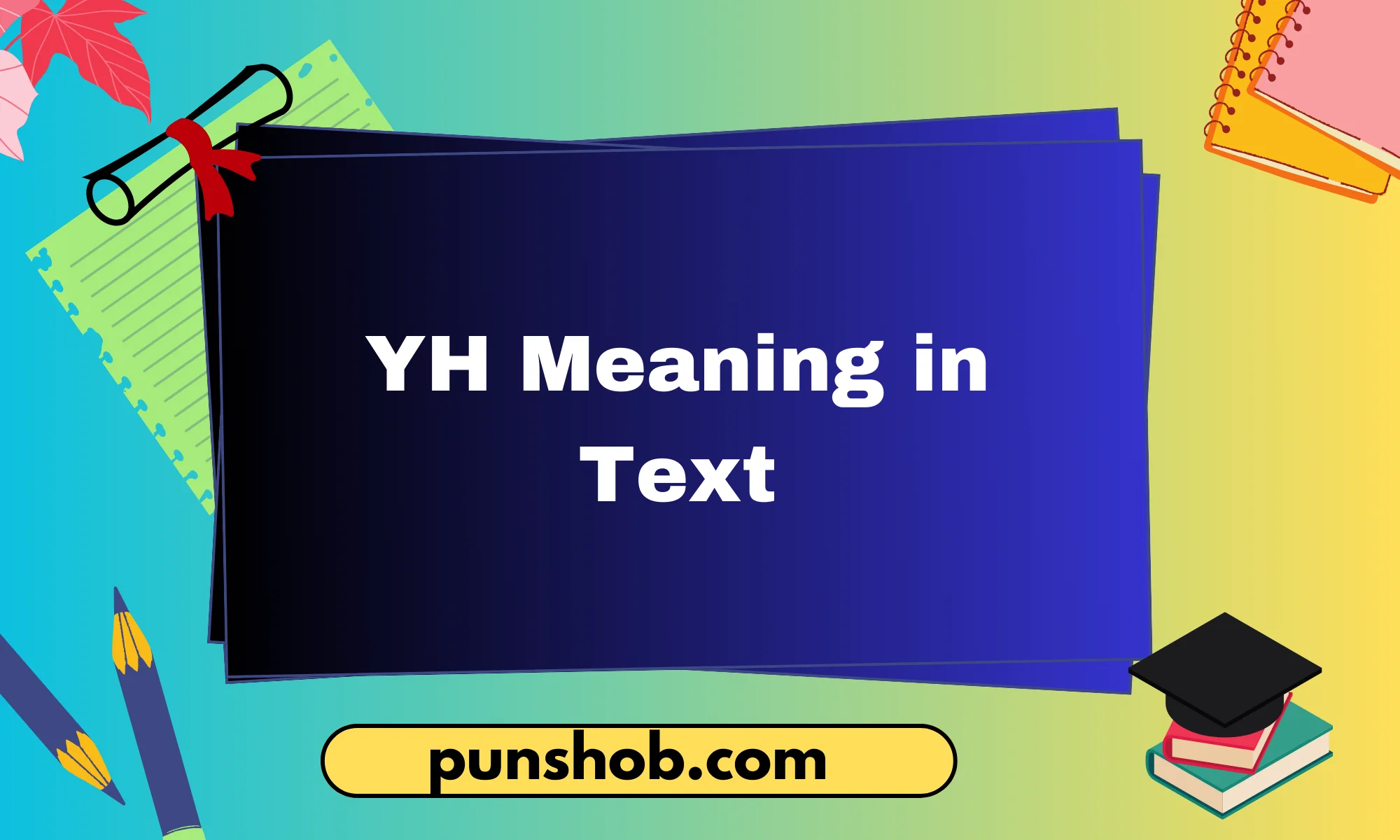
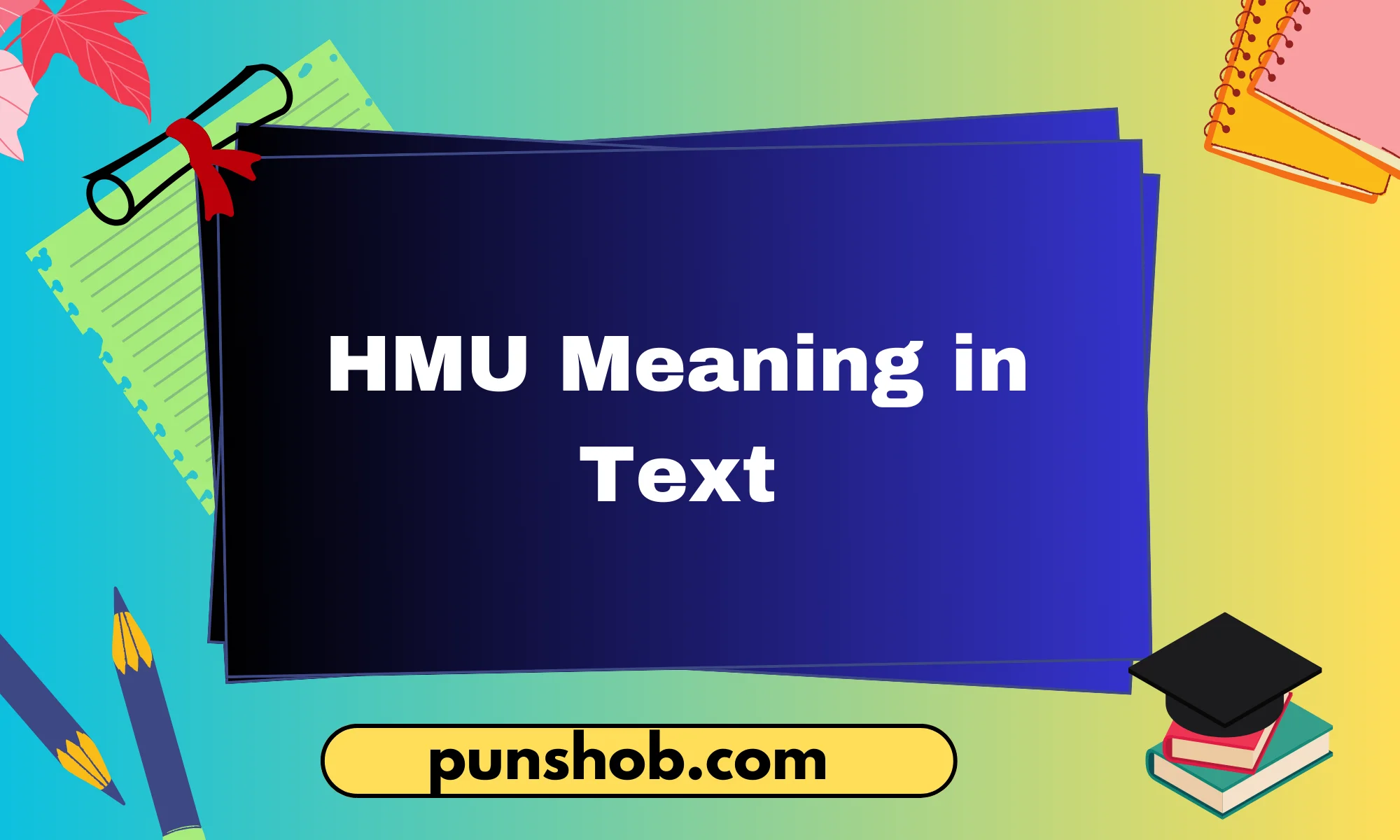
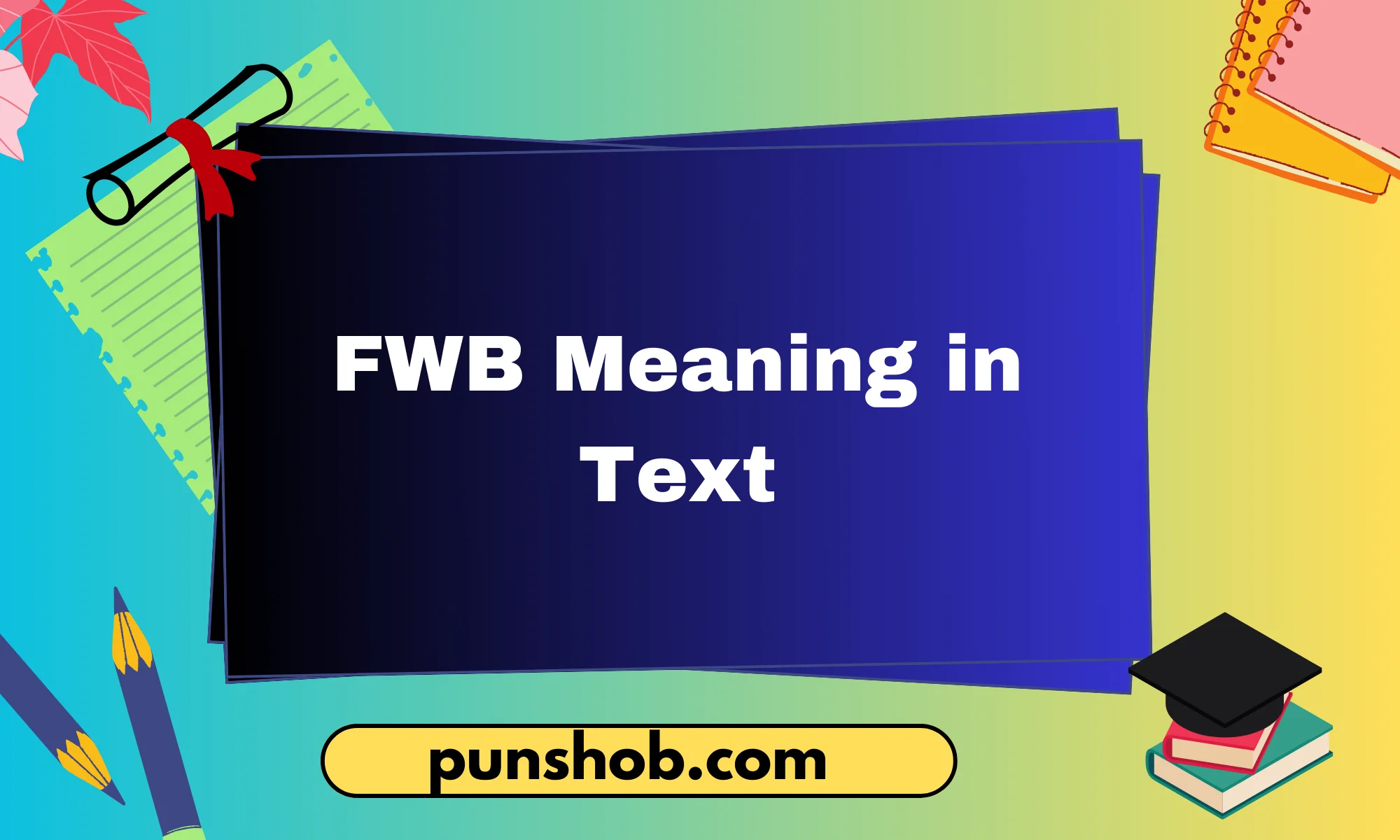
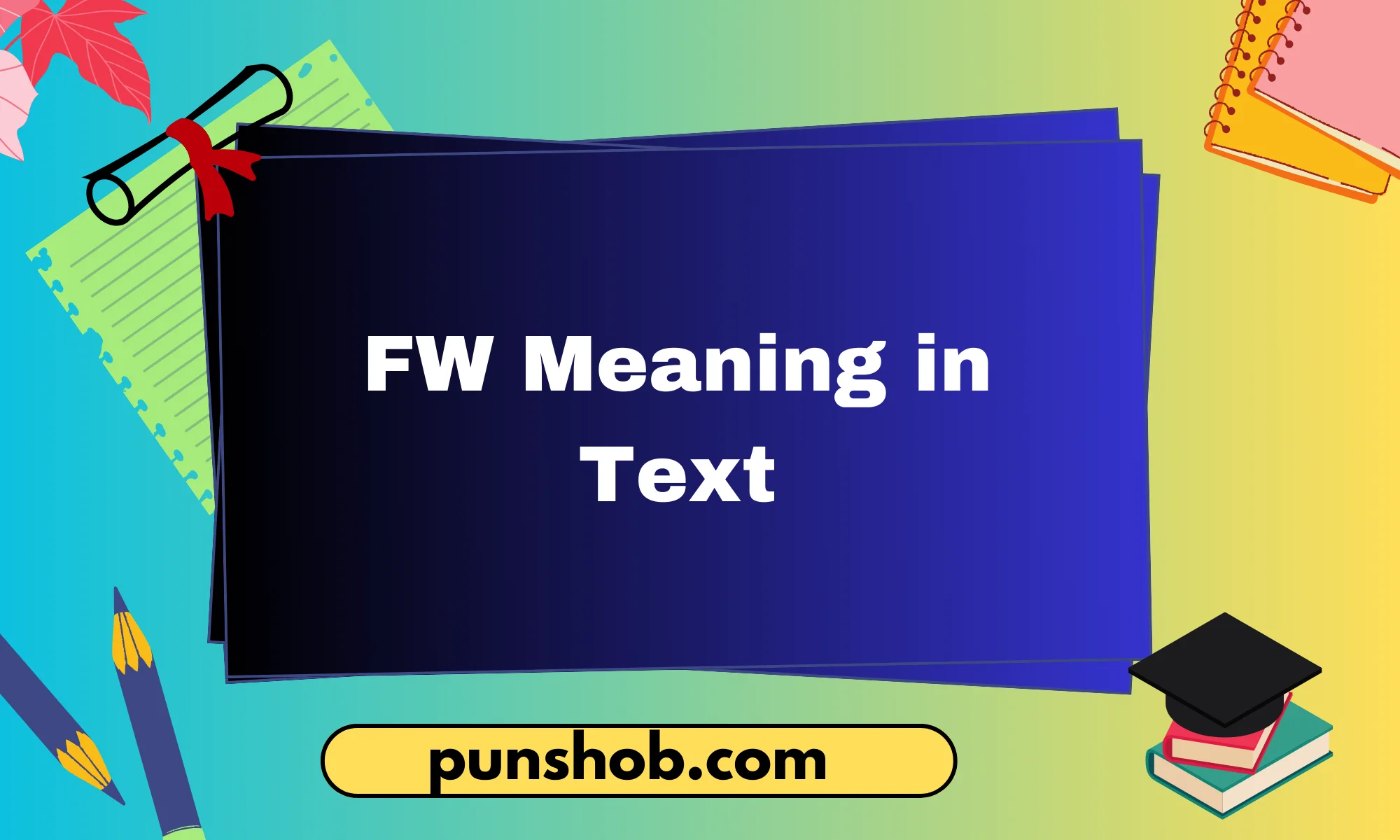
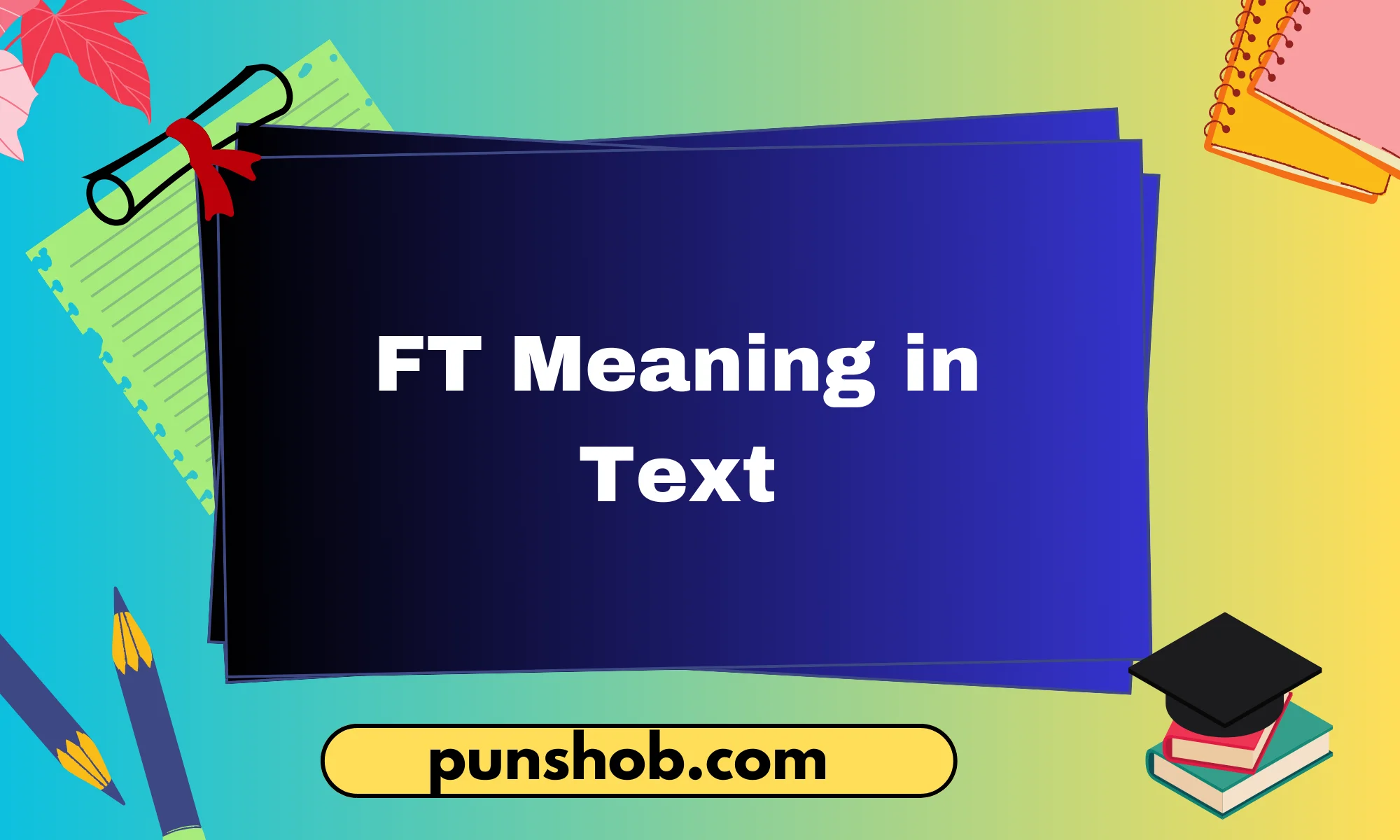
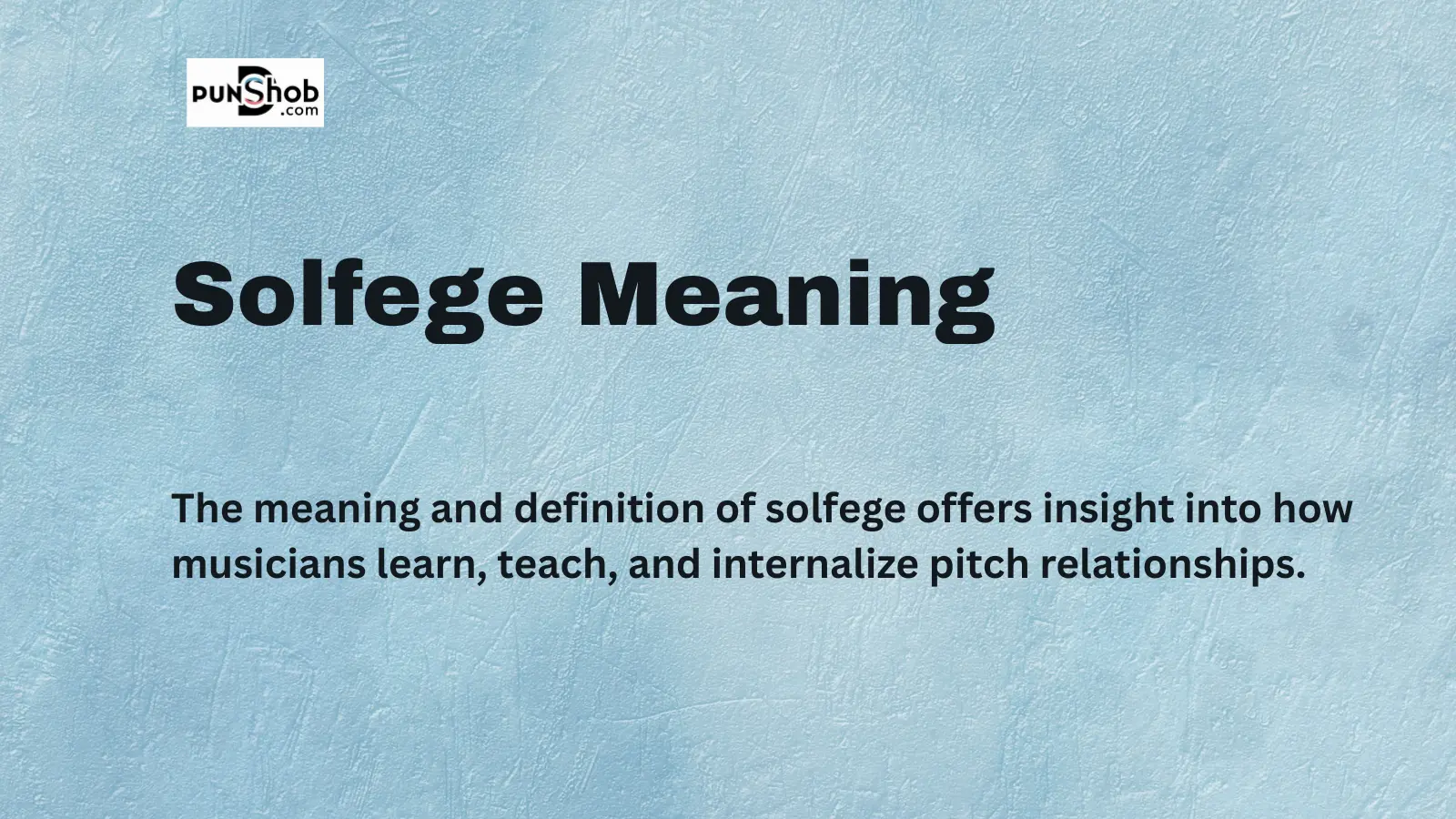

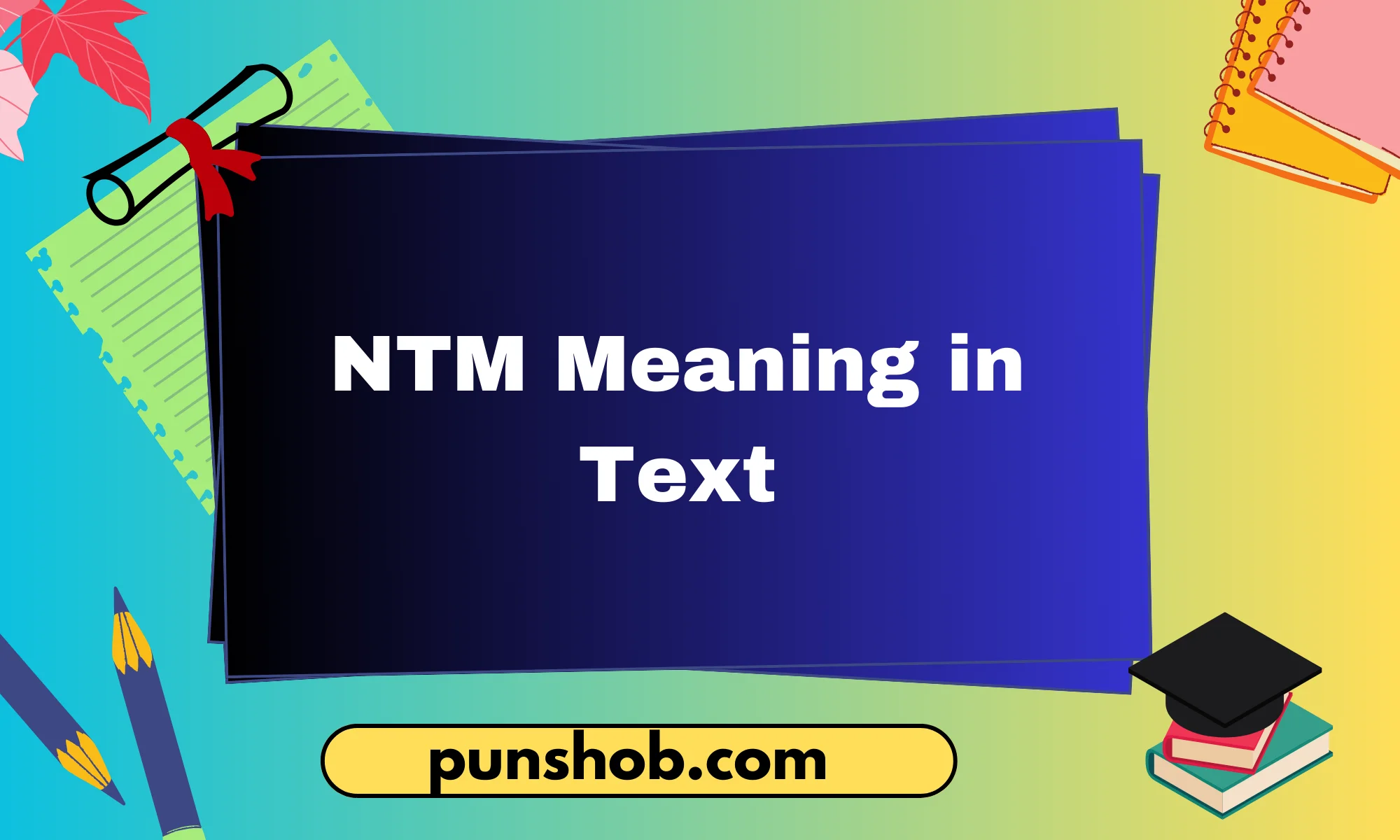
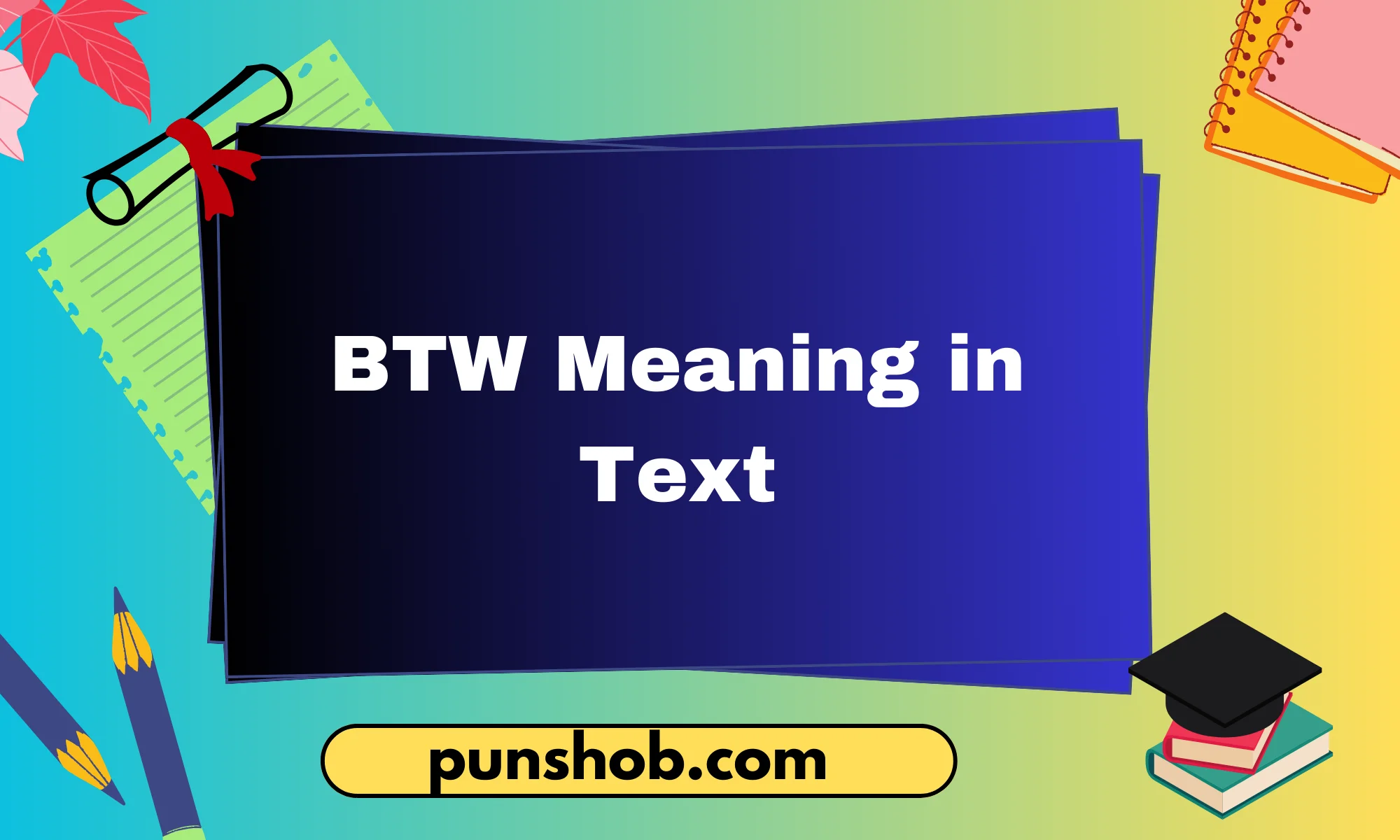
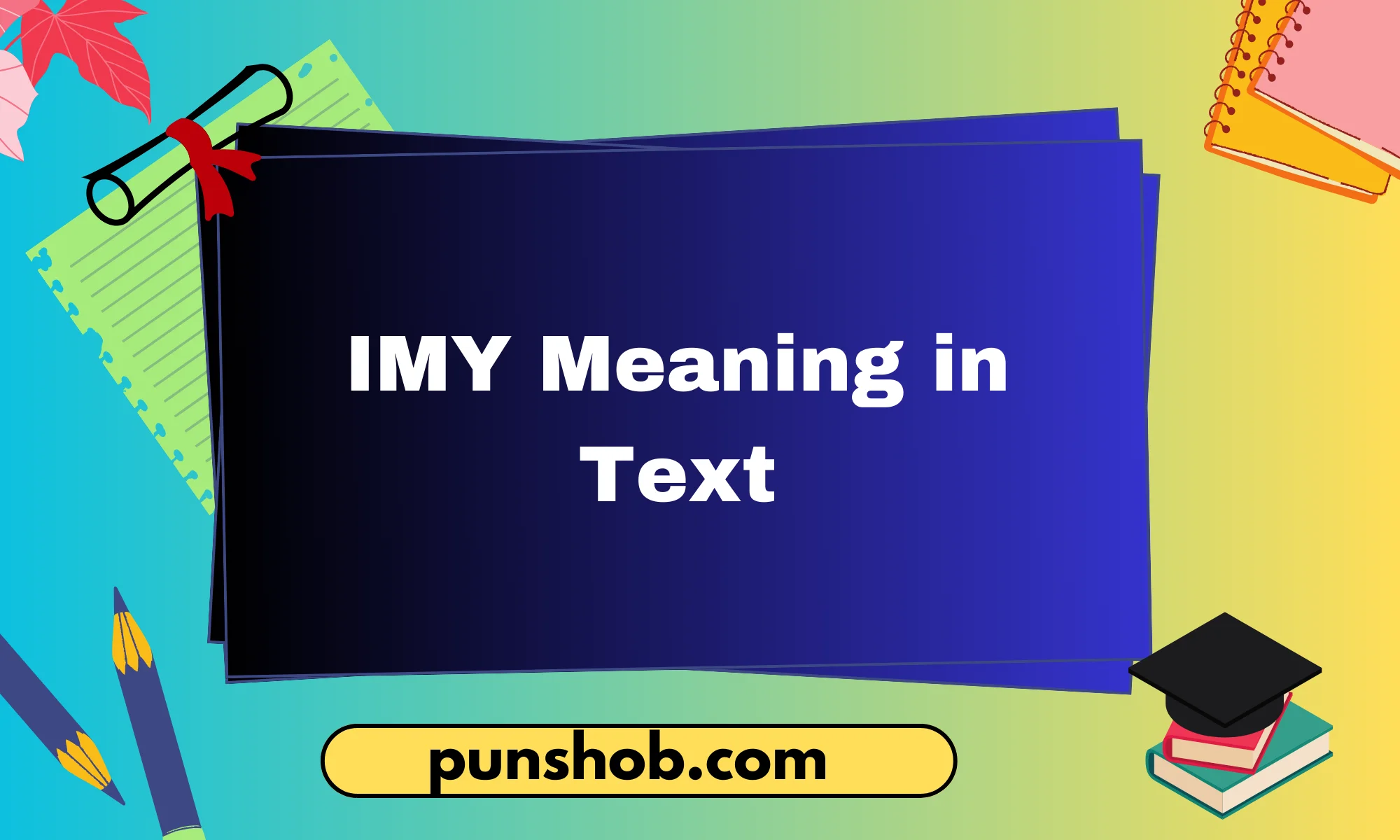
Leave a Reply